
A fracture in which a young bone bends and only partially breaks is what a greenstick fracture is. The reason for this name is the analogy between this kind of a fracture, which usually causes the injured part to be bent instead of deformed, and a green wood, which breaks almost the same way when it is bent. This kind of a fracture is very specific, and it is practically possible only in childhood, when the bones are still not hard enough. It is almost impossible for this kind of a fracture to happen after the childhood, since the bones become more and more calcified over years.
The main symptoms of a greenstick fracture are practically identical to the symptoms of any other fracture, there is swelling and redness of the injured part of the body, and pain as unavoidable consequence. However, it is necessary to go to the doctor, a podiatrist usually, because he will be capable to determine what kind of the fracture it is, and in case it is a greenstick fracture, then what type of the greenstick fracture it is. An interesting thing about greenstick fracture is that it not at all easy to notice this fracture on an x-ray.
As for the treatment, the standard procedure involves two steps that include: reduction, which means that the pressure has to be applied to the top of the deformity in order to make the bone straight again; and cast application with the purpose of stabilizing the injured part of the body. In children, anesthesia is usually given before pushing the bone back to its straight position, because otherwise, it would be even more traumatic experience for them because of the pain. The cast should be worn for at least three weeks, and in some cases even longer, but this depends on the seriousness of the fracture. It is important for a patient to keep the cast in such a position that it is above the heart, because this way the swelling will be reduced. This is especially important in cases of infants and very small children. Also, in order to keep the flexibility of the muscle as well as its strength, the joints above and below the cast should be exercised regularly. Any other activities of the fractured part of the body are not allowed, until the cast can be removed. In case when everything goes well with the broken bone, physical therapy is the next step, because the strength and mobility of that part of the body have to be the same as they used to be before the fracture. If the bone did not heal properly, then the postoperative traction is necessary, but such situations are very rare. Physiotherapy is usually not required.


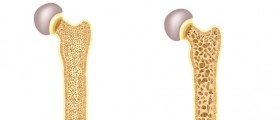
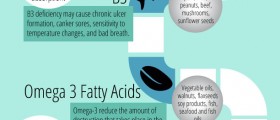
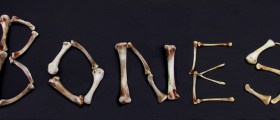
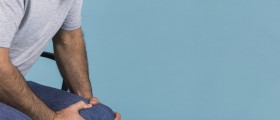
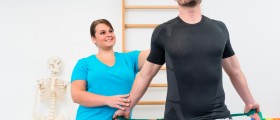


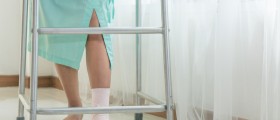



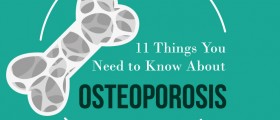

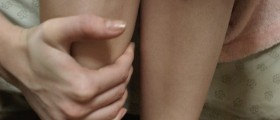

Your thoughts on this
Loading...